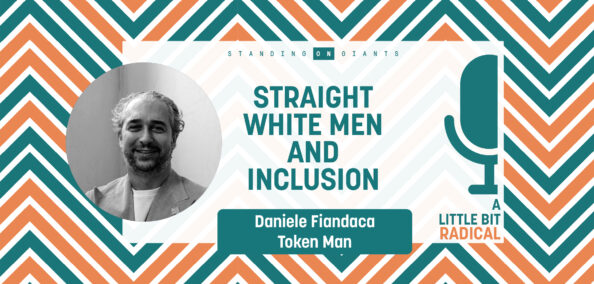Digging into the power of direct messages and how to craft an engaging one
One of the most significant, difficult, yet powerful things that happened to me as a Community Manager was the loss of a member. At the time, I’d been managing that community for a year, building relationships with each member, and talking with them more regularly than with some of my own family members. This member -let’s call her Julia- had been particularly involved in the community, and would be present day in and day out without a fault. However, one day, she disappeared. Both the community and the team noticed her absence immediately. One of the other members had her address and ended up calling the emergency services to go check on her. As it turns out, Julia was in a bad way, alone at home, and she passed shortly after being picked up by the ambulance, in the hospital.
The news of Julia’s passing was deeply upsetting for everyone; the community members, the CM team, and myself were overwhelmed by grief, as if we’d lost a very close friend. While this was incredibly sad to live through, as is any loss, what this showed me was how impactful, deep, and real the connections created via a community are. In those spaces, people with similar interests can come together, and through initial commonalities, get to know others on a personal level, learn from the differences they discover, grow, and form meaningful bonds.
These connections aren’t created out of thin air, and are the result of careful curation, guidance and encouragement from Community Managers. There are many tools at our disposal to do so; one of the most underrated yet capital ones is Direct Messages.
When I started dipping my toe in Community management, I had many ideas of what this role would entail. I imagined posts, campaigns, creative briefs and projects. What I didn’t expect but quickly realised was that at least half of my time (if not more some weeks) was spent engaging with members privately.
Why Direct Messages?
Opening up to others is challenging, and only becomes easier with trust, which takes time to build. Now think about a WHOLE community, a large group of people, most of whom you are likely to not know at all yet, who you’re asked to be vulnerable and open with … that’s a really daunting idea! With that in mind, one-on-one conversations are a lot more effective to build bonds and get to know others. If instead of facing an intimidating ocean, members are first made to feel safe, listened to and heard by you in a little pond, they are more likely to ease into the Community space.
Knowing your members also helps you shepherd them better. How are you expected to build connections, prompt relevant conversations, drive valuable initiatives in the community, if you don’t know what the community members, each, as individuals, are like? The information you gain through these direct conversations is incredibly precious!
Different ways to use Direct Messages
- Welcome message: This is an opportunity to equip every member with all the information they need to get the most out of your community. Make sure to introduce yourself, explain the purpose of the community, provide important guidelines, and suggest an initial action they can take -for example, introduce yourself to the group.
- Weekly or Monthly Round-up: This is a great way to keep people up to date on what’s happening, current discussions, polls or events, and encourage engagement. This gives members a nudge to check the community while providing a quick overview of key content they can look at and actions they can take.
- Messages sent for bonding & connecting: These are instrumental in getting to know your members, and create a personal connection which leads to more engagement. These kinds of messages are perfect as follow-ups to replies you get, where someone might have mentioned an interest, personal fact or upcoming event you can chat more about, or simply to check-in after a holiday or unscheduled absence.
How to craft them
- Adapt your tone to your community: If your community focuses on a very serious subject-matter and comprises mostly corporate individuals that communicate in a dry and professional manner, adapt your tone accordingly. You can’t go in with rainbows, butterflies, and smileys all over your messages if that’s not something that will resonate with the members. While you need to sound friendly, warm, and welcoming, there are different degrees of it and you need to find the right one for your audience.
- Find your voice: As a Community Manager, members need to see you as a person they can approach, talk to, rely on – but first and foremost, a person. In your messages, as much as in your posts, make sure to find your voice, show who you are; do not be afraid of being vulnerable!
- Make your message visual: Attention is precious, so if you want to get anyone’s time, you have to catch their eye first. Use visuals such as arrow emojis, bold fonts, colours, and listing items.
- Give clear action prompts: If someone reads your message and cannot clearly make out what’s expected of them, they’re not likely to take any action. Whether that’s to reply to this discussion, take part in this poll, share your thoughts on this matter, or sign up for this event, you need to guide your members.
Although the public side of engagement can sometimes seem to be the priority, private conversations are crucial to creating an open, thriving, and engaged community that allows everyone involved to create substantial connections. Take the time to craft thoughtful messages that will make your members feel seen, heard, and appreciated. By putting some focus on this, you will encourage members to contribute more, in turn, to the community, to open up, and to help weave a strong, healthy and impactful community. The kind of community that goes beyond the initial commonalities, where members care for each other as much as we all cared for Julia.




